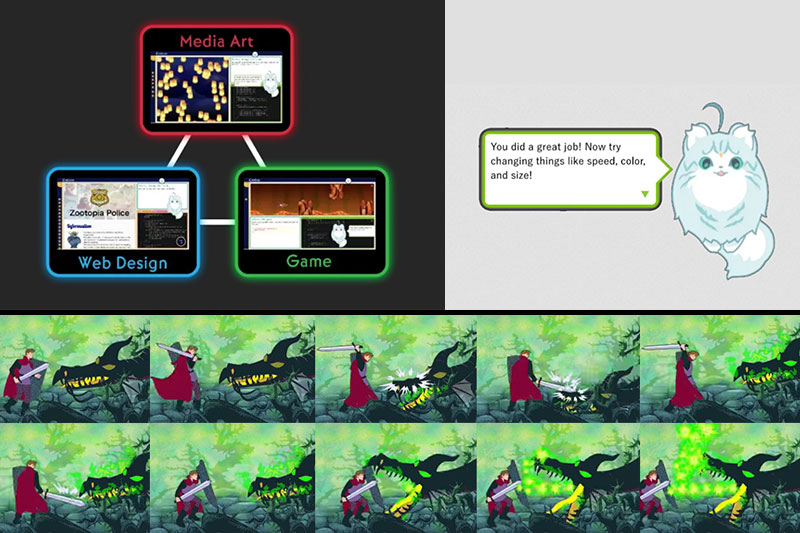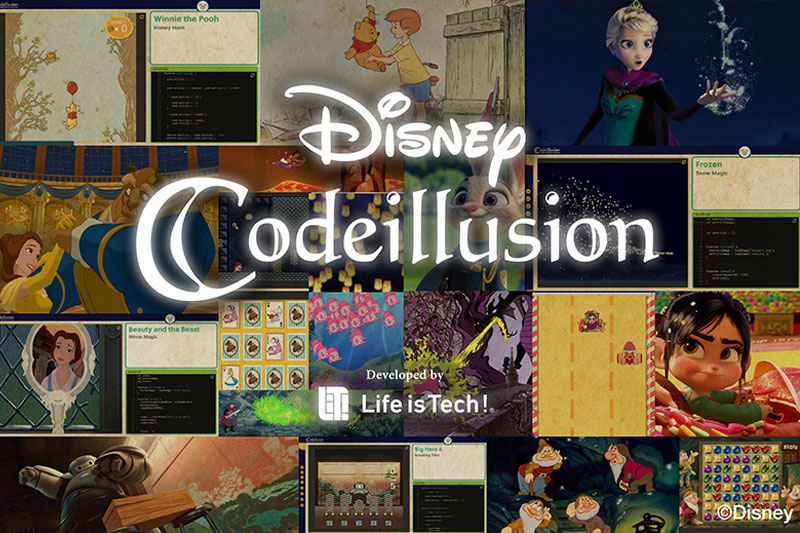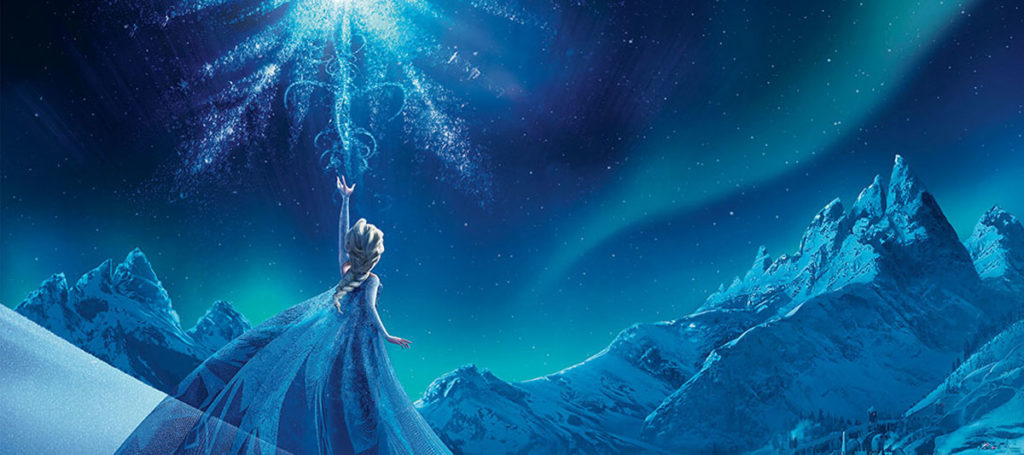Partnering with Disney, Life is Tech CEO Satoshi Miyagawa has created educational platform Codeillusion, teaching a whole generation of children to code the fun way.
“The spread of computers and the Internet will put jobs in two categories: People who tell computers what to do, and people who are told by computers what to do”
– Marc Andreesen, Venture Capitalist
Founded in 2010, Life is Tech is the largest IT education provider in Japan, having spent over 10 years providing courses for over 50,000 students ages 10 to 18 as well as boot camps at Oxford University and Silicon Valley’s Interactive Tech museum. “Coding itself is difficult,” admits Satoshi Miyagawa, the CEO behind Life is Tech. “It’s difficult to understand the logic and the algorithm. So, even if we move to an online curriculum that is very simple, it’s difficult as a human to be engaged with the complicated material.” Which is why they have come up with a playful way to teach this essential skill in collaboration with Disney. Their Disney Codeillusion is an educational platform that sees users interacting with well-loved characters as they navigate a virtual journey of mini-quizzes and bite-size lessons. “We wanted users to not even realise that they were learning,” says Satoshi.

It was through one of their students that Life is Tech caught the eye of the US entertainment giant, transforming their lives in an instant. “The father of one of the kids who joined our boot camps was a senior executive at Disney,” Satoshi recounts. “The first day I met with them was in their headquarters in the States in June 2018. Of course, the negotiation was tough, but we had a good fit.” Today, Codeillusion consists of 125 lessons in four languages: HTML, CSS, JavaScript, and processing, with a daunting total of 70-80 hours worth of material. But with its “no-errors” philosophy and self-paced nature, the idea behind is based on ‘learning by stealth.’ Every student is encouraged and given major milestones to track their progress. “We always give them applause to keep up the motivation,” Satoshi laughs. The whole idea is to be the opposite of other courses that are, as he puts it, simply “too dry to complete.”
You might also like The Man Behind Japan’s First Coding Bootcamp Le Wagon

In today’s education system, coding skills are considered alongside basic literacy skills as essential learning, with plans in Japan to make them a mandatory part of education from elementary to high school by early 2021. Despite a lack of coding teachers, Satoshi says this is still possible. “Students just need to know how to use these tools. They don’t need a teacher, just a facilitator.” But even with the right tools, there remains a huge problem in the industry of online education: completion rates are incredibly low. “90% cannot complete them because they’re boring or too hard,” says Satoshi. “You can’t just memorise a language. You need to understand the grammar.”

To try and convince their students to stay the course, Life is Tech provides their pupils with the freedom and agency to get creative. “We don’t want to create or nurture engineers. Some want to be an artist or a musician,” Satoshi states. That’s why they offer courses in website design, game development, media art, animation and iPhone app creation – and an array of programmes like Code Girls, Tech for Teachers, and Global IT Camps. They also host annual contests with luminaries such as Sony Entertainment, all of which offer hugely valuable opportunities for students. Satoshi tells us that a previous winner of their competition recently started his own company at the age of 18. “It’s not only the coding. It’s about self-confidence, problem-solving and entrepreneurship.”

Now with a team of 60, Life is Tech is focused on expanding across the globe – not least in the US where that Disney tie-up has helped propel them to USD 3 million in sales just six months into launch. They’ve come a long way from their beginnings more than 15 years ago, when Yusuke Mizuno, founder and childhood friend of Satoshi, then a physics teacher at Kaisei High School, noticed that students who didn’t fit into a system that favoured either the sporty or the studious needed somewhere to congregate. “If they couldn’t fit into the two communities, they got lost,” Satoshi remembers. At a time when coding was unheard of, Yusuke started an unconventional after-school club that thrived outside of traditional education, welcoming kids keen to learn coding, create websites, and design games, which eventually transformed into Life is Tech. For almost eight years, they were the sole provider for programming education in the market, back during a time when startups were relatively unheard of. “We didn’t have a word for a startup. I think we called it a venture competition. It’s very weird,” Satoshi laughs. They went online in 2017 to reach students they felt were missing out. “We figured out that we had to go online because of the educational gaps in the market: geographical, income, resources, lack of teachers,” Satoshi says. And now, they’re running courses from Japan to Africa and America, attracting adults as well as children to their palatable programming courses. “Most adults want to learn, but don’t know how. Pride is not good for learning new things,” he muses, hinting they could well take advice from his younger students. “We just want to nurture a good environment. It’s like the chicken and the egg – the least we can provide is education.”
Related Articles
This Ex-Microsoft Software Engineer Helped 1,500,000 People Learn Cloud Computing





